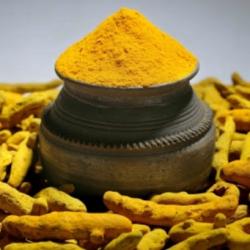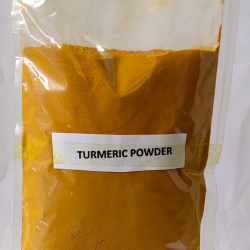Turmeric Powder at wholesale
Negotiated Price
The greatest diversity of Curcuma species by number alone is in India, at around 40 to 45 species. Thailand has a comparable 30 to 40 species. Other countries in tropical Asia also have numerous wild species of Curcuma.
From India, it spread to Southeast Asia along with Hinduism and Buddhism, as the yellow dye is used to color the robes of monks and priests. Turmeric has also been found in Tahiti, Hawaii and Easter Island before European contact. There is linguistic and circumstantial evidence of the spread and use of turmeric by the Austronesian peoples into Oceania and Madagascar. The populations in Polynesia and Micronesia, in particular, never came into contact with India, but use turmeric widely for both food and dye. Thus independent domestication events are also likely.
Turmeric also spread westwards, where it was noted as a dye plant by the Assyrians in the 6th century BC. In Medieval Europe, turmeric was called "Indian saffron".






 India
India



